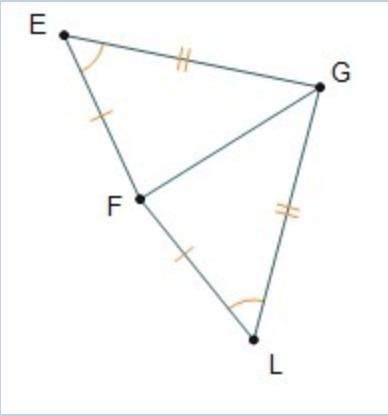
Mathematics, 01.07.2020 16:01 taykola
We are going to run some analyses on the data. Across all three ink colors, you think that the number of participants who complete the math problems in the order they are presented will not differ from the number of participants who skip around in solving the problems. Using the SPSS data file, run this analysis. Make sure to use the correct statistical test! Choose the correct analysis, write-up, and conclusion from the options below (1.5 points)
A. We ran a chi square using condition as the independent variable (Red vs Green vs Black) and whether participants solved math problems in the order presented or skipped around as the dependent variable. A significant effect did not emerge, x(2) = 0.40, p > .05. Participants skipped around equally in the red ink condition green ink condition, and black ink condition (60%, 55%, and 50%, respectively). This indicates that participants behaved similarly in the order in which they solved problems across all conditions.
B. We ran a chi square using condition as the independent variable (Red vs Green vs Black) and whether participants solved math problems in the order presented or skipped around as the dependent variable. A significant effect emerged, x* (2) = 0.8, p <.05. Participants skipped around more in the red ink (60%) and green ink (55%) conditions than in the black ink condition (50%). This indicates that participants behaved similarly in the order in which they solved problems across all conditions.
C. We ran a t-Test using condition as the independent variable (Red vs Green) and whether participants solved math problems in the order presented or skipped around as the dependent variable. A significant effect did not emerge, t(38) = 0.31, p > .05. Participants skipped around equally in the red ink condition (M= 1.60, SD = .503) and green ink condition (M = 1.55, SD = .510). This indicates that participants behaved similarly in the order in which they solved problems across all conditions.
D. We ran a One Way ANOVA using condition as the independent variable (Red vs Green vs Black) and whether participants solved math problems in the order presented or skipped around as the dependent variable. A significant effect did not emerge, F(2,57) = 0.19, p > .05. Participants skipped around equally in the red ink condition (M= 1.60, SD= .503), green ink condition (M= 1.55, SD = .510), and black ink condition (M= 1.50, SD = .513). This indicates that participants behaved similarly in the order in which they solved problems across all conditions.

Answers: 2
Another question on Mathematics

Mathematics, 21.06.2019 20:00
Rectangle bcde is similar to rectangle vwxy. what is the length of side vy? a) 1 7 b) 2 7 c) 3 7 d) 4 7
Answers: 3

Mathematics, 21.06.2019 21:30
Miss henderson wants to build a fence around a rectangular garden in her backyard in the scale drawing the perimeter of the garden is 14 in of the actual length of a b is 20 ft how many feet of fencing what you need
Answers: 3

Mathematics, 21.06.2019 21:40
Which of the following best describes the graph below? + + 2 + 3 + 4 1 o a. it is not a function. o b. it is a one-to-one function. o c. it is a many-to-one function. o d. it is a function, but it is not one-to-one.
Answers: 3

Mathematics, 21.06.2019 22:30
21 a stick 7 inches long is broken into two pieces, so that one piece is twice as long as the other one. how long are the two pieces?
Answers: 1
You know the right answer?
We are going to run some analyses on the data. Across all three ink colors, you think that the numbe...
Questions












Biology, 21.04.2020 23:16



History, 21.04.2020 23:16

English, 21.04.2020 23:16




Chemistry, 21.04.2020 23:17




